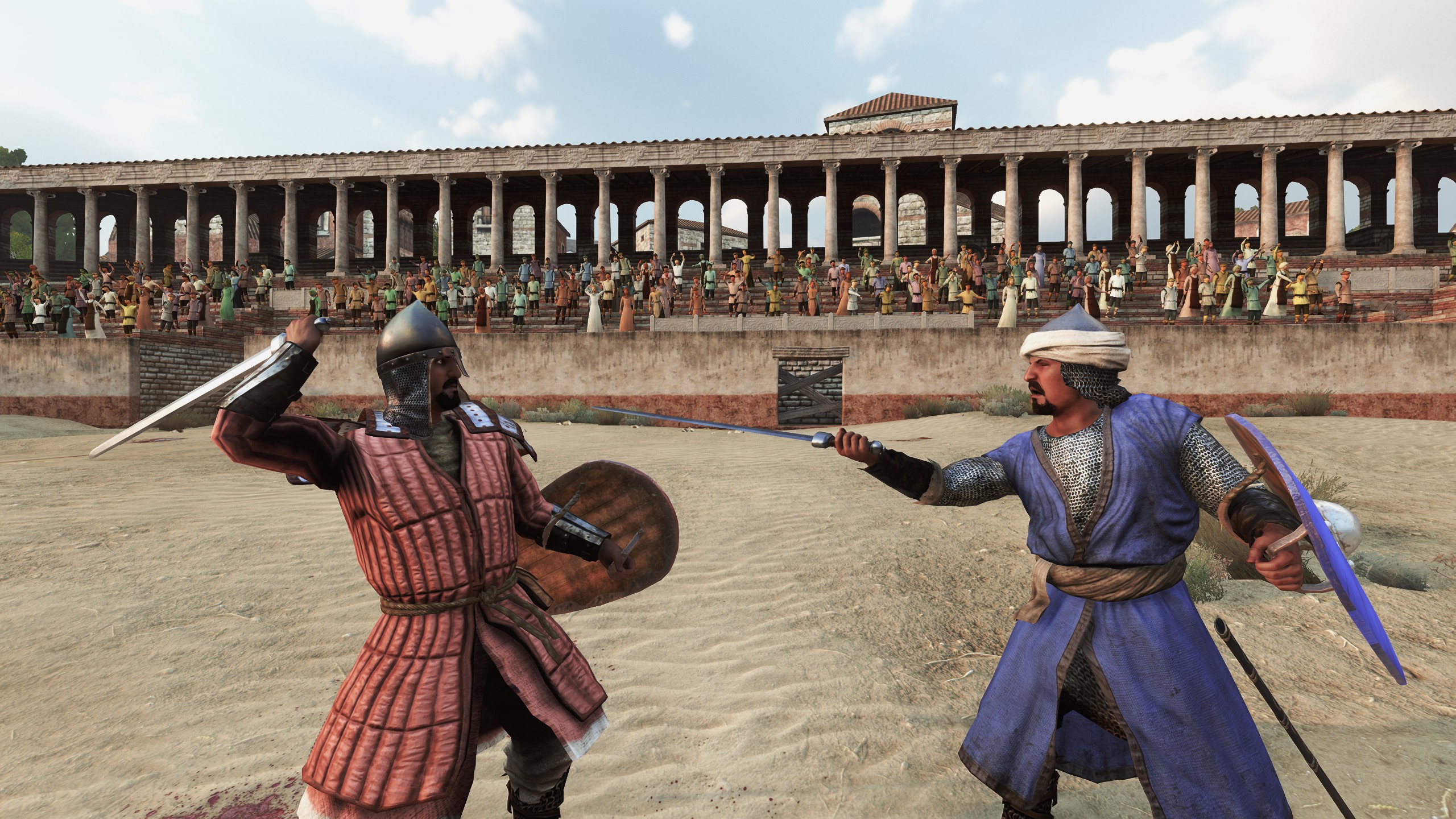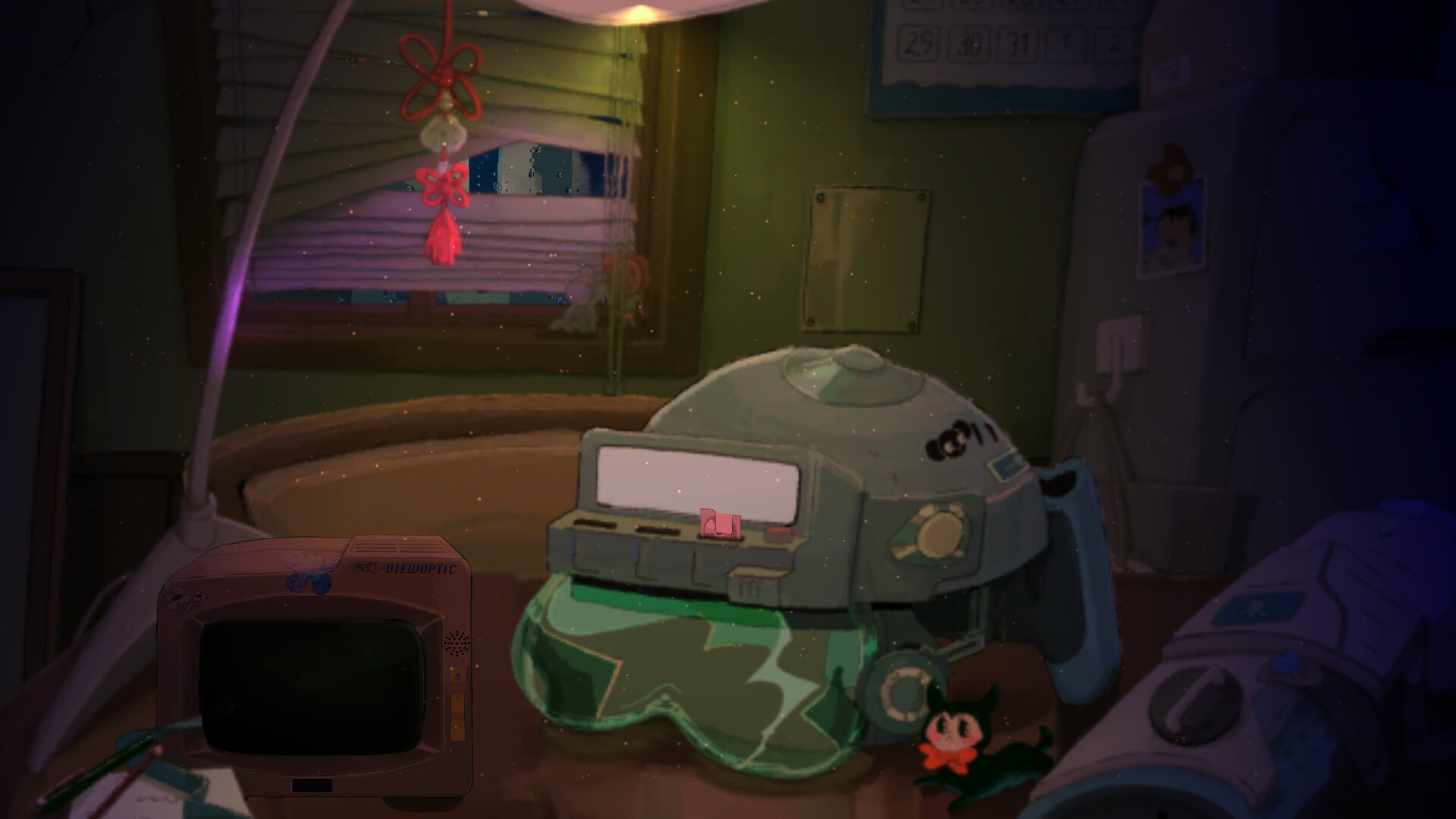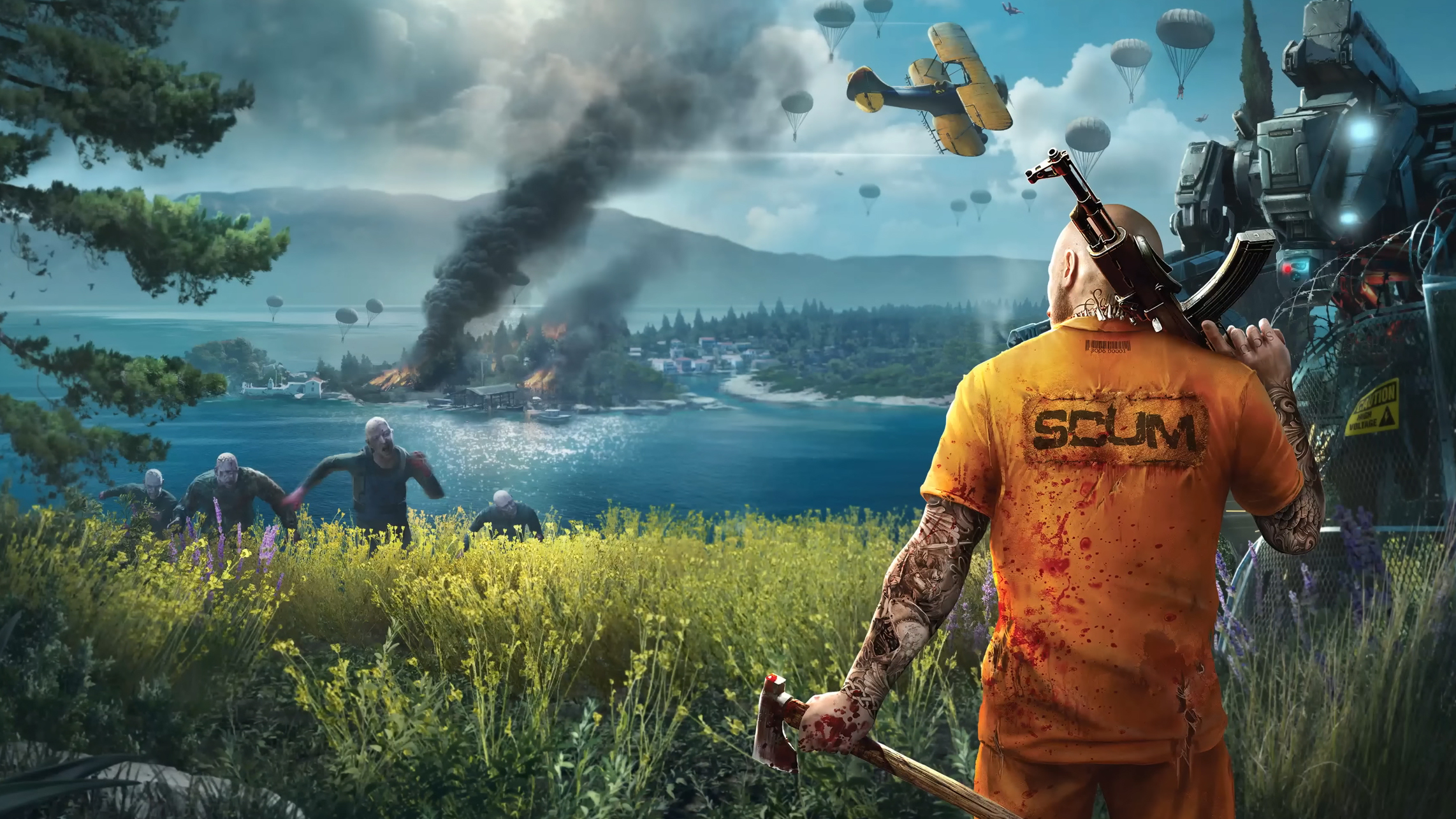
Raise the banners—there's a world to conquer.
What is it? A medieval sandbox where you can trade, raid and become a monarch.
Expect to pay: £40/$50
Release date: October 25, 2022
Developer: TaleWorlds Entertainment
Publisher: TaleWorlds Entertainment
Reviewed on: RTX 3080 Ti, Intel i7-8086K, 16GB RAM
Multiplayer? Yes
Link: Official Site
The kingdom of the Aserai was perpetually at war, swapping towns and castles with rival lands, borders shifting constantly, refugees fleeing across the desert as raiders and looters took advantage of the chaos. Bad days, except for me, an opportunistic clan leader, mercenary, small business owner, caravaneer, occasional blacksmith, eventual king and very successful war profiteer. Mount & Blade 2: Bannerlord keeps you busy.
Even more so than its predecessor, Bannerlord’s setup is a dream come to life, splicing together roleplaying, strategy and medieval duels in a big ol’ sandbox. It’s Chivalry, Crusader Kings and Total War in a single expansive package, and for me there isn’t another combination this seductive.
(Image credit: TaleWorlds)
When it launched in early access, there was already so much to play with that it hardly felt early access at all. Along with the cosmetic and quality of life improvements it boasted over its predecessor, it also promised more management wrinkles thanks to its much-touted political and clan systems. Jumping in again for this review I was equally smitten, but as I moved from nobody to mercenary and then from lord to king, I started to notice the gaps within each system, and the sacrifices that were made to create a game this broad.
This isn’t apparent initially because there is, at first, simply so much to do. Straight out of the serviceable tutorial you’ll be able to travel the length and breadth of the gargantuan map, engaging in banditry, trade, mercenary work or swearing your allegiance to one of the kingdoms. You’ll complete quests, expand your clan with companions and new family members, and once you’ve become powerful enough you can even carve out your own nation, or rise up the ranks of an existing one.
Making history
All these diversions create the perfect recipe for sleepless nights as you try to become Calradia’s most famous, or infamous, person. And this is all happening in a dynamic world where the AI is just as capable, if not more, initially, of dramatically changing the world. You’re living through the annals of a fictional history, watching lands rise and fall even when your own contribution is minor. The result is a strong sense of place, as you start to attach major events to specific locations and grow ever more familiar with the world.
The city of Ortysia became a significant focal point in my campaign. Over the course of several years it changed hands many times, as three kingdoms constantly squabbled over it. And I had a mercenary contract with all of them, at one point or another. I made quite a bit of cash from spilling blood for various nobles. It felt serendipitous, then, that it would be my first conquest after I became a vassal of the Aserai king. And thanks to my good relationship with the monarch, I was given control over it. My first settlement.
(Image credit: TaleWorlds)
Each village, town and castle can be explored in-person, but you can also do everything from chatting to its residents to purchasing workshops all from the convenient menu. You interact with settlements directly by buying property, creating caravans and, as a ruler, embarking on construction projects and assigning a governor. Things like a settlement’s prosperity, loyalty and security can also be enhanced directly, but they are also indirectly affected by things like banditry and wars. They are always in flux, and watching them grow or suffer reinforces the stakes of these wars and crises.
If a settlement is ravenous for butter and another one has it in abundance, you’re probably going to make a lot of profit.
In practice, though, there isn’t actually much management involved in running towns and castles. You hop in, pick a construction project and then make sure there aren’t any issues needing dealt with in the villages connected to them. These issues are usually basic things like needing more grain or bandits making a nuisance of themselves, which can be solved through simple quests. These quests don’t even need you to be involved—you can just get one of your companions to do it. It’s all very hands-off.
This is also true of trade. It doesn’t start out this way, though. At first you’ll be ferrying goods between settlements yourself. If a settlement is ravenous for butter and another one has it in abundance, you’re probably going to make a lot of profit. This direct route, even if it ceases to become efficient when you have a kingdom to run, remains the most engaging method of earning some cash. Becoming a small business owner, less so.
(Image credit: TaleWorlds)
A workshop’s success is determined by various factors, like the prosperity of the town it’s located in, but that’s not particularly helpful information when you can’t see how such relationships are calculated. The management screen simply shows how much money the business has and how much it makes. The only way to interact with it is by selling it or changing it to another kind of business. This leaves you with little to do once you’ve slapped down the cash to buy one—these aren’t really businesses you get to run.
Creating a caravan is similarly hands-off. You get no control over its route, and no opportunities to make any tweaks. You don’t even get to decide what it’s hauling. You can see how much money your companion is earning for you, but not how they’ve earned it. The only time I had to pay attention to them is when they got attacked and captured, after which I could free them or just wait for them to inevitably free themselves.
So yes, you can live the life of a merchant if you want, but it’s not where you’ll have the most fun. Really, it’s designed to supplement your hoard, giving you some helpful passive income to pay for troops and equipment.
God of war
(Image credit: TaleWorlds)
It was during Bannerlord’s titanic wars that I was at my happiest, whether I was riding with my own crew or part of a massive army full of AI lords. You control your character directly in battle, unless you’re just sending in your troops alone—the equivalent of an auto-battle option. So you’ll run or ride around the battlefield, stabbing and slicing at your foes, but at the same time you’ll have troops to command, assigning them orders from a long list. The level of control you have is greater than even some pure strategy games. Few things are quite as fun as just commanding everyone to charge at the enemy all at once, though.
(Image credit: TaleWorlds)
Bannerlord features multiplayer matchmaking and custom games for its four modes. Team deathmatches and sieges will see you fighting in 60v60 battles where you earn cash to buy better classes. Skirmish, meanwhile, is more intimate, with 12 players in two teams. Captain mode lets you put your leadership skills to the test by giving you squads to command. The fights often evoke Chivalry, without the dismemberment, and while the sandbox may be the star attraction, the fantastic combat system makes the multiplayer nearly as appealing.
Fights are simultaneously precise and messy. Directional attacks let you do fancy footwork to find an opening in your enemy’s defences in one-on-ones, but when you’re in the scrum things become a delightful clusterfuck, with hundreds of warriors all trying to batter each other. There’s hardly any room to swing a sword, so everyone’s just desperately trying to create space and murder a few foes.
Ranged troops seem to be the most powerful, but nothing beats the joy of slamming into a group of archers or the back of a row of spearmen while on a horse. The impact of your horse alone does damage and can send battlelines into disarray, making your steed feel like a superweapon, but if you get surrounded by spearmen you’ll still go down in seconds. Thankfully, on the default settings, your character will be knocked out instead of killed, and your troops can still win the battle for you even if you’re seeing stars.
(Image credit: TaleWorlds)
Sieges are even more exciting, with the addition of fortifications, trebuchets, battering rams and narrow corridors filled with death really upping the intensity. Surviving boulders being dropped on your head, smashing down the gate and then coming face to face with a heaving mass of angry defenders is a thrill.
I’ve fought countless battles in both the campaign and the multiplayer modes, but I always remained hungry for more. The various scales, setups and my growing combat proficiency thwarted the risk of these conflicts becoming stale. As my skill at riding and wielding a polearm increased, I unlocked new abilities, slowly building a warrior who’s a master at charging into the fray and terrifying everything with a killer horse. My reckless tactics were the source of many injuries among the troops, but that’s why I never travelled anywhere without my medic.
People pleaser
The aim of all this conquest is the creation of a lasting legacy. As you hire companions, get married and have a family, your clan will grow, giving you more opportunities to expand your influence. At first you’ll probably just add them to your party, but you’ll soon start putting them in charge of caravans or giving them their own parties to control, leaving them to make their way in the world. It’s incredibly satisfying to see your clan’s income suddenly explode because your friend has joined a massive horde that’s sacking every castle in sight.
If you’re playing in the campaign mode rather than the free-form sandbox, you’ll have a family straight away: a trio of siblings, two of which are children that you can develop as they approach adulthood. You can still start a family in the sandbox, of course, and the only thing you’ll miss out on is the campaign quest, which serves as a loose framework for all the conquering you were probably already planning to do—it’s not a great loss.
(Image credit: TaleWorlds)
While these characters have backstories and traits, like the trading system they are really just tools rather than fleshed out RPG pals. What really matters is how they’ll serve you. Sweet-talking traders will be good at running caravans, while companions with things like Shieldbearer in their name are best suited to warfare. Through their experiences and your nurturing hand, they’ll evolve into even more effective tools, and you have just as much control over their progression as you do over your own character.
While these characters have backstories and traits, like the trading system they are really just tools rather than fleshed out RPG pals.
After you become a vassal, or create your own kingdom, you’ll need to start making pals outside of your clan, getting the other nobles on your side to back you up when you put forward new policies or declare yet another war. If people aren’t voting your way, you can give your vote a boost by spending some influence, which vassals generate passively or by performing helpful acts, like slaughtering lots of enemies. It’s a straightforward system, but one that does give you a lot more control than the others. Wars and policies naturally have massive ramifications, letting you shape the future of your kingdom, as well as its rivals.
(Image credit: TaleWorlds)
Even though I’ve enjoyed the occasional bit of politicking, I’m disappointed that so many of the systems I liked in their first draft haven’t really gone anywhere. They are functional and helpful, and because of their number they provide plenty of diversions, but on their own they often end up feeling surprisingly shallow. That said, more depth doesn’t always equate to a better game. The basic characters, hands-off business management and simple political system stop you from getting bogged down with just one facet of Bannerlord. You can still play it your way, but there’s an expectation that you’ll conquer your way into a position of power, at which point you’ll have so much on your hands that you won’t want to spend hours worrying about minutiae.
Treat the game like a war sandbox where you dip into trade, management and politics and it starts to make a lot more sense, and feels more satisfying as a result. While I’ve had to reassess my expectations, Bannerlord remains a massively engaging romp that produces some of the most impressive battles in gaming. And thanks to the diligent community of modders, it’s only going to get better from here.





